Industries worldwide are striving to reduce their carbon footprint, and in the Philippines, it is no different. This is where using solar panels has emerged as one viable option, as they are both cost-effective and help to reduce reliance on traditional fossil fuels for electricity.
However, choosing the right type of solar panel for industrial use can be challenging due to the variety of options available.
Thus, this blog aims to simplify the decision-making process by comparing the best solar panel types for industrial use.
So, if you are interested in finding out the best solar panels industries are using in the Philippines, read on to find out more.
1. Monocrystalline Solar Panels
Monocrystalline solar panels are made from a single crystal structure. They are easily recognizable by their uniform dark appearance and rounded edges.
Advantages Of Monocrystalline Solar Panels
- High Efficiency : Monocrystalline panels are known for their high efficiency, often exceeding 20%. This makes them ideal for industries with limited roof space but high energy demands.
- Durability : These panels tend to have a longer lifespan, often backed by 12-30-year warranties
- Performance in Low Light : Monocrystalline panels perform better in low-light conditions compared to other types.
Disadvantages Of Monocrystalline Solar Panels
- Cost : They are generally more expensive due to the complex manufacturing process.
- Waste : The production process generates more silicon waste.
2. Polycrystalline Solar Panels
Polycrystalline solar panels are made from multiple silicon crystals. They have a speckled blue appearance and are simpler to produce.
Advantages of Polycrystalline Solar Panels
- Cost-Effective : These panels are usually cheaper to manufacture, making them more affordable.
- Less Waste : The production process is more efficient, generating less waste.
Disadvantages of Polycrystalline Solar Panels
- Lower Efficiency : Polycrystalline panels are typically less efficient, usually around 15-17%.
- Size : They require more space to generate the same amount of power than monocrystalline panels.
3. Thin-Film Solar Panels
Thin-film solar panels are made by depositing photovoltaic material on a substrate. They are flexible and lightweight, making them versatile for various applications.
Advantages of Thin-Film Solar Panels
- Versatility : Thin-film panels can be installed on curved surfaces and are less affected by shading.
- Lightweight : Their light weight makes them easier to install.
- Cost : They are relatively inexpensive to produce.
Disadvantages of Thin-Film Solar Panels
- Efficiency : These panels have the lowest efficiency rates, usually between 10-12%.
- Lifespan : They generally have a shorter lifespan and may degrade faster over time.
4. Bifacial Solar Panels
Bifacial solar panels can capture sunlight from both sides, increasing their overall energy output. They are typically made using monocrystalline or polycrystalline cells.
Advantages of Bifacial Solar Panels
- Higher Energy Output : Bifacial panels can increase energy production by up to 23%.
- Durability : They are often more robust and resistant to environmental damage.
Disadvantages of Bifacial Solar Panels
- Cost : These panels can be more expensive due to their advanced technology.
- Installation : They require specific installation conditions for maximum efficiency, such as reflective surfaces or elevated installations.
5. Concentrated Solar Panels (CSP)
Concentrated Solar Panels (CSP) use mirrors or lenses to concentrate a large area of sunlight onto a small area. This concentrated light is then used to produce electricity.
Advantages of Concentrated Solar Panels
- High Efficiency : CSP systems can achieve efficiencies above 40%, making them the most efficient solar technology available.
- Scalability : They are suitable for large-scale industrial applications and can produce significant amounts of energy.
Disadvantages of Concentrated Solar Panels
- Complexity : CSP systems are complex and require significant upfront investment and maintenance.
- Location Dependent : They are most effective in areas with high direct sunlight.
Top 5 Factors to Consider When Choosing Solar Panels for Industrial Use
Now that you have an idea about the types of solar panels that are used in powering different industries, let’s look at some factors to consider before choosing such solar panels.
Energy Requirements
Assess the energy needs of your industry. High-efficiency panels like monocrystalline or bifacial might be better for industries with high energy demands and limited space.
Budget
Consider the initial investment and long-term savings. While some panels might be more expensive upfront, they can lead to greater savings over time due to higher efficiency and durability.
Space Availability
The available space for installation can significantly influence your choice. If space is limited, opt for high-efficiency panels.
Environmental Conditions
The local climate and environmental conditions can affect panel performance. For instance, thin-film panels might be suitable for areas with frequent shading.
Longevity and Warranty
Check the warranty and expected lifespan of the panels. Investing in panels with longer warranties can provide better long-term value.
Final thoughts
Choosing the best solar panels for industrial use requires careful consideration of various factors, including efficiency, cost, space, and environmental conditions.
Monocrystalline panels are excellent for high efficiency and durability, while polycrystalline panels offer a cost-effective solution. On the other hand, thin-film panels provide versatility, and bifacial panels offer higher energy output. Lastly, CSP systems, although complex, deliver the highest efficiency for large-scale applications.
By understanding the strengths and weaknesses of each type, industries can make informed decisions that align with their energy needs and sustainability goals.
Now, maximize efficiency and reduce operational costs with our cutting-edge industrial solar solutions, only at Nativ Techniks.
Call us at +639176310032, or drop a mail at wecare@nativtechniks.com
Read our other blogs
The Impact of Solar Water Pumps on Rice Production and Farmers in the Philippines
Top 10 Ways To Maximise Your Solar Panel Efficiency In The Philippines




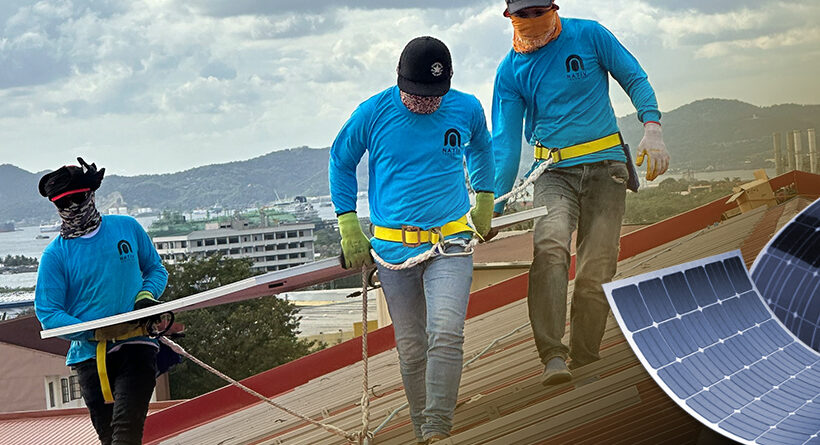
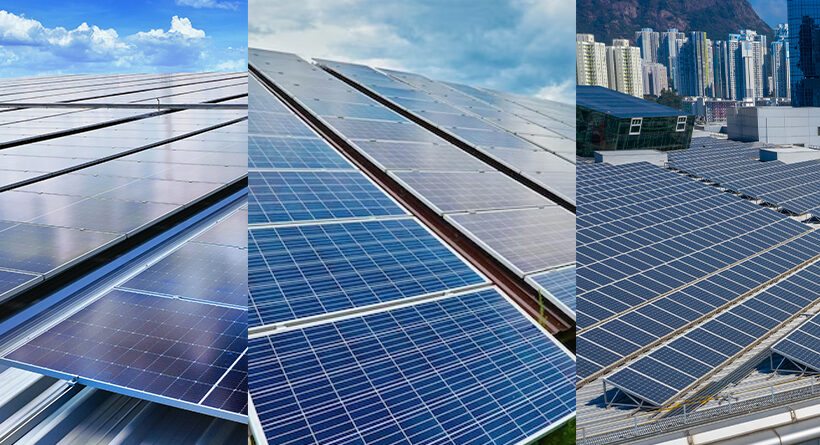
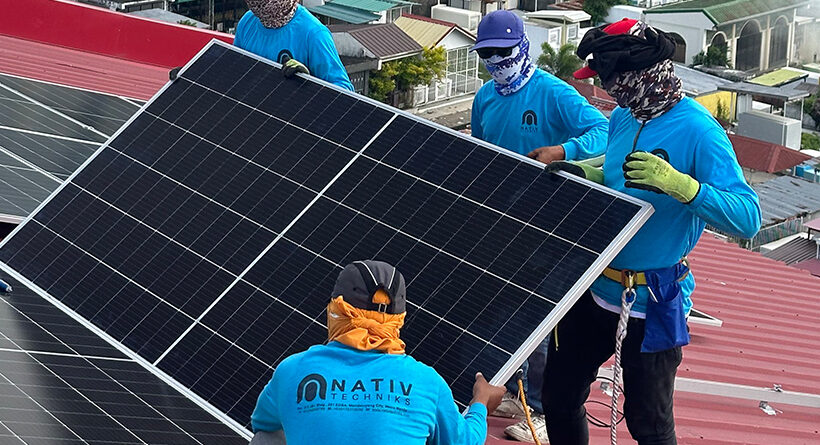
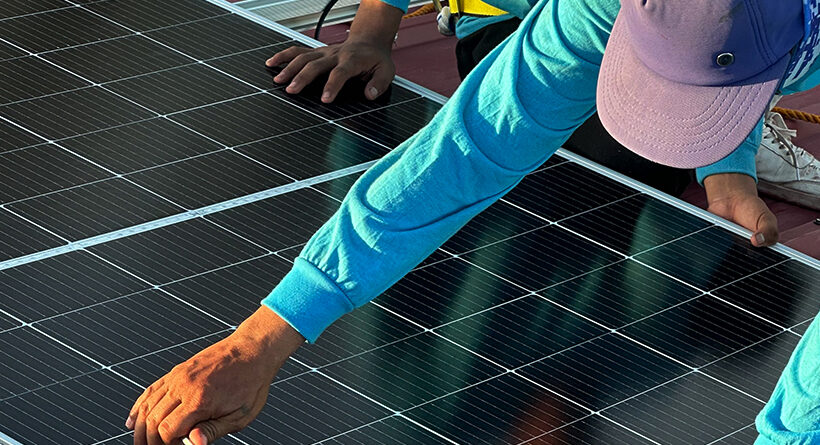
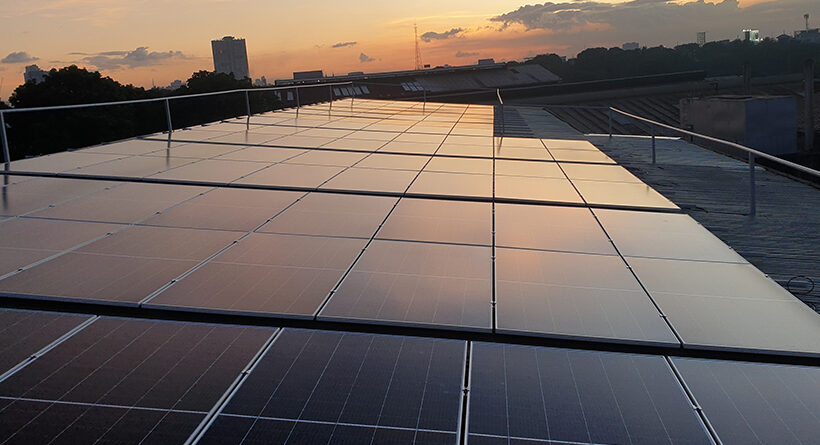
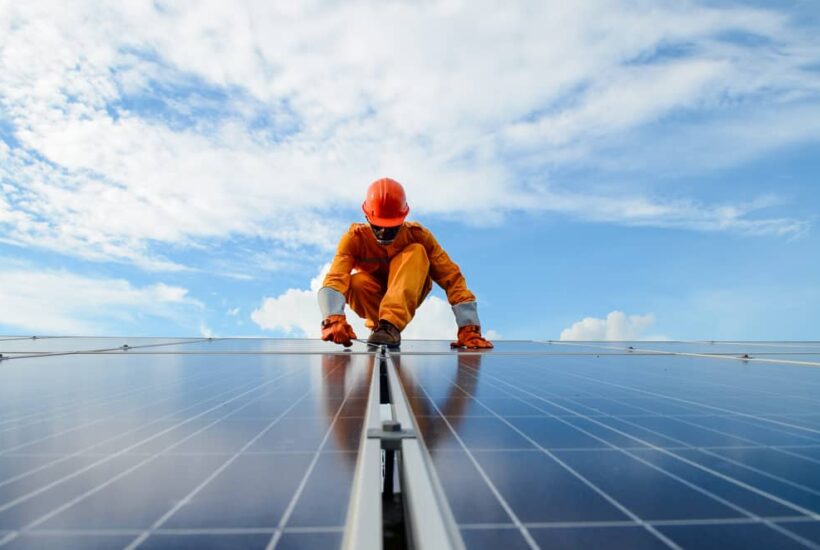

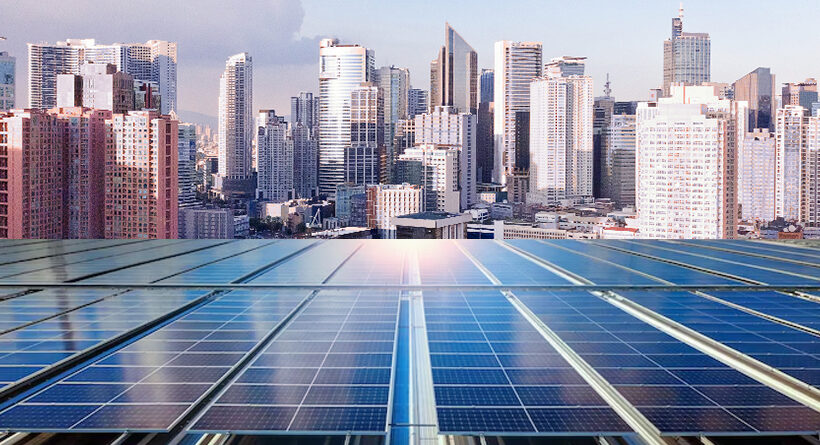
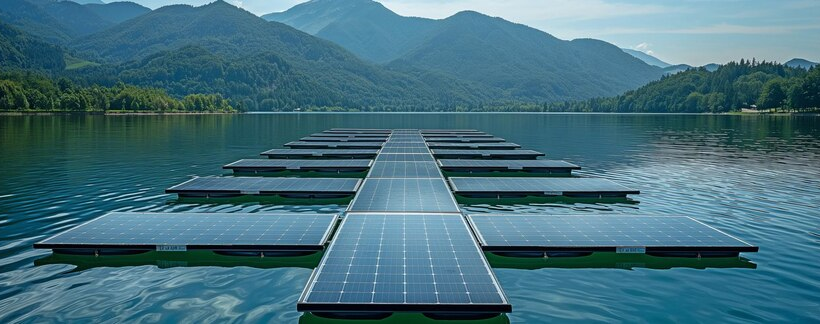
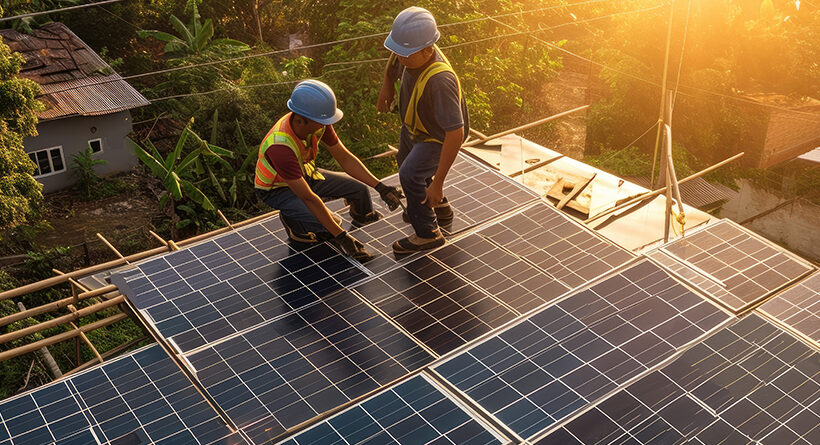
Leave a Reply